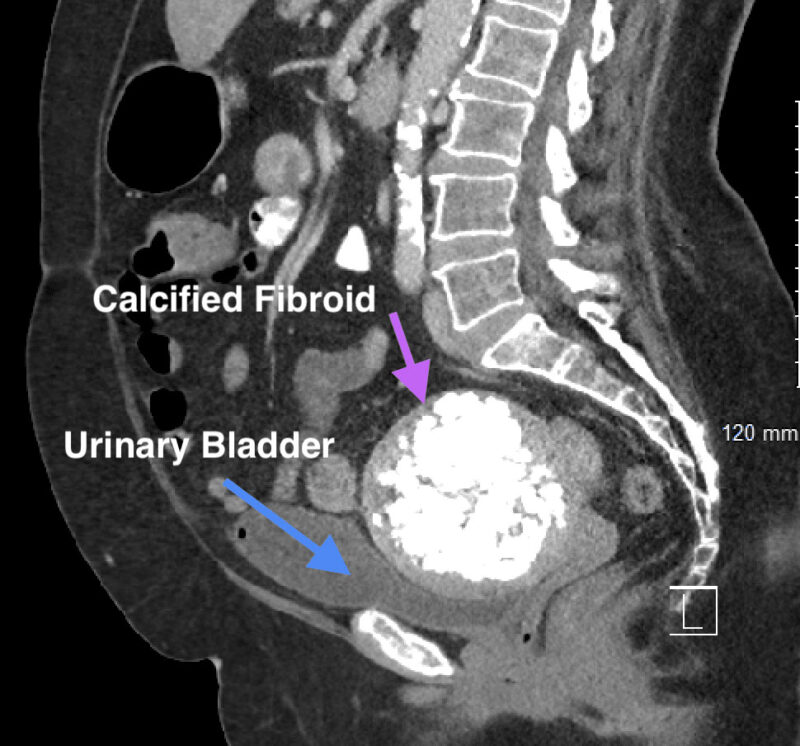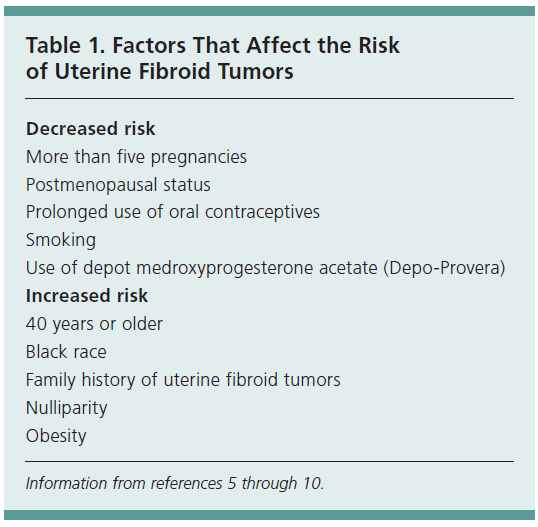Calcified Fibroid: Symptoms & Treatment Options

A calcified fibroid, also known as a calcified uterine leiomyoma, is a type of fibroid that has undergone calcification, a process in which calcium deposits form within the tumor. This can occur in response to the fibroid’s degeneration or as a result of the body’s attempt to encapsulate and isolate the tumor. Calcified fibroids can vary in size and location, and while they may not always cause symptoms, they can lead to discomfort, pain, and other complications in some women.
Understanding Calcified Fibroids
Fibroids are benign tumors that arise from the smooth muscle layer of the uterus. They are extremely common, affecting up to 70% of women by the age of 50. While most fibroids are asymptomatic and do not require treatment, some can cause significant symptoms, including heavy menstrual bleeding, pelvic pain, and pressure on the bladder or bowel. Calcified fibroids are a subtype of fibroid that has undergone calcification, which can make them more visible on imaging studies and potentially more symptomatic.
Symptoms of Calcified Fibroids
The symptoms of calcified fibroids can vary depending on the size, location, and number of tumors. Some women may not experience any symptoms at all, while others may report:
- Pelvic pain or discomfort
- Heavy or irregular menstrual bleeding
- Pressure on the bladder or bowel
- Frequent urination or constipation
- Back pain or sciatica
- Abdominal bloating or swelling
In some cases, calcified fibroids can cause more severe symptoms, such as:
- Severe pelvic pain or cramping
- Heavy vaginal bleeding or hemorrhage
- Bowel or urinary obstruction
- Infertility or recurrent miscarriage
Diagnosis of Calcified Fibroids
Calcified fibroids can be diagnosed using a variety of imaging studies, including:
- Ultrasound: This is the most common imaging modality used to diagnose fibroids. Calcified fibroids may appear as bright, echogenic lesions on ultrasound.
- Magnetic Resonance Imaging (MRI): This study can provide more detailed information about the size, location, and characteristics of the fibroid.
- Computed Tomography (CT) scan: This study can also be used to diagnose calcified fibroids, although it is less commonly used than ultrasound or MRI.
- X-ray: In some cases, a calcified fibroid may be visible on a plain X-ray of the abdomen or pelvis.
Treatment Options for Calcified Fibroids
The treatment of calcified fibroids depends on the severity of symptoms, the size and location of the tumor, and the woman’s overall health and reproductive goals. Some treatment options may include:
- Watchful waiting: For women with asymptomatic calcified fibroids, watchful waiting may be the best course of action. This involves regular follow-up appointments with a healthcare provider to monitor the tumor’s size and symptoms.
- Pain management: For women experiencing pelvic pain or discomfort, pain management options such as over-the-counter pain relievers, prescription medications, or alternative therapies like acupuncture or massage may be recommended.
- Hormonal therapies: Hormonal therapies, such as birth control pills or gonadotropin-releasing hormone (GnRH) agonists, may be used to shrink the fibroid and alleviate symptoms.
- Uterine artery embolization (UAE): This minimally invasive procedure involves blocking the blood supply to the fibroid, causing it to shrink and reducing symptoms.
- Myomectomy: This surgical procedure involves removing the fibroid while leaving the uterus intact. This is typically recommended for women who wish to preserve their fertility.
- Hysterectomy: In some cases, a hysterectomy (removal of the uterus) may be recommended for women with large or multiple calcified fibroids, or those who have completed childbearing.
Pros and Cons of Treatment Options
| Treatment Option | Pros | Cons |
|---|---|---|
| Watchful waiting | No risks or side effects, low cost | May require frequent follow-up appointments, symptoms may worsen over time |
| Pain management | Quick relief from symptoms, low cost | May not address underlying cause, potential side effects from medications |
| Hormonal therapies | Can shrink fibroid, alleviate symptoms | Potential side effects, may not be suitable for all women |
| UAE | Minimally invasive, effective in reducing symptoms | Potential risks and complications, may not be suitable for all women |
| Myomectomy | Can preserve fertility, effective in reducing symptoms | Surgical risks and complications, may not be suitable for all women |
| Hysterectomy | Definitive treatment, effective in reducing symptoms | Major surgery, potential risks and complications, eliminates fertility |

Step-by-Step Guide to Managing Calcified Fibroids
For women diagnosed with calcified fibroids, managing symptoms and making informed treatment decisions can be overwhelming. Here is a step-by-step guide to help:
- Consult a healthcare provider: Schedule an appointment with a healthcare provider to discuss symptoms, diagnosis, and treatment options.
- Keep a symptom journal: Tracking symptoms and menstrual cycles can help identify patterns and potential triggers.
- Explore treatment options: Discuss the pros and cons of each treatment option with a healthcare provider to determine the best course of action.
- Prioritize self-care: Engage in stress-reducing activities, such as meditation or yoga, and maintain a healthy diet and exercise routine to manage symptoms and overall health.
- Seek support: Connect with friends, family, or support groups to share experiences and receive emotional support.
What are the symptoms of calcified fibroids?
+The symptoms of calcified fibroids can include pelvic pain or discomfort, heavy or irregular menstrual bleeding, pressure on the bladder or bowel, frequent urination or constipation, back pain or sciatica, and abdominal bloating or swelling.
How are calcified fibroids diagnosed?
+Calcified fibroids can be diagnosed using a variety of imaging studies, including ultrasound, MRI, CT scan, and X-ray.
What are the treatment options for calcified fibroids?
+The treatment options for calcified fibroids depend on the severity of symptoms, the size and location of the tumor, and the woman's overall health and reproductive goals. Treatment options may include watchful waiting, pain management, hormonal therapies, UAE, myomectomy, or hysterectomy.
Can calcified fibroids be prevented?
+While there is no sure way to prevent calcified fibroids, maintaining a healthy diet and exercise routine, managing stress, and avoiding certain risk factors, such as obesity and family history, may help reduce the risk of developing fibroids.
Are calcified fibroids cancerous?
+Calcified fibroids are typically benign, meaning they are non-cancerous. However, in rare cases, a fibroid can undergo malignant transformation, becoming a leiomyosarcoma. Regular monitoring and follow-up appointments with a healthcare provider can help detect any potential changes or complications.
Conclusion
Calcified fibroids can be a source of discomfort, pain, and anxiety for many women. Understanding the symptoms, diagnosis, and treatment options is crucial for making informed decisions and managing symptoms effectively. By prioritizing self-care, seeking support, and working closely with a healthcare provider, women can take control of their health and well-being, reducing the impact of calcified fibroids on their daily lives.
